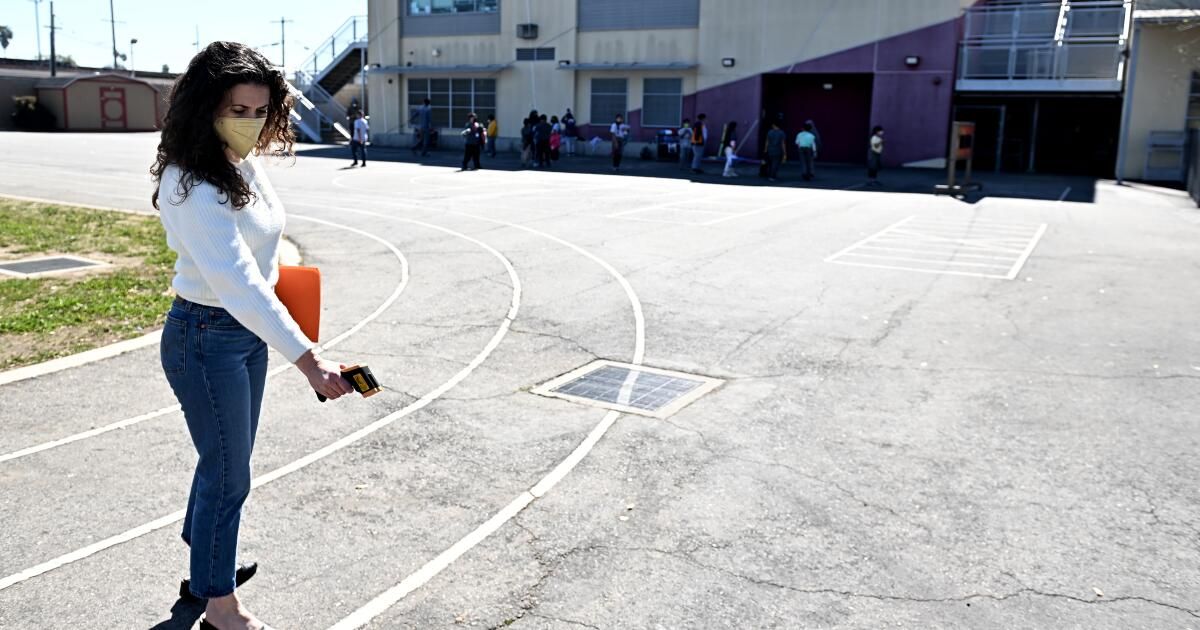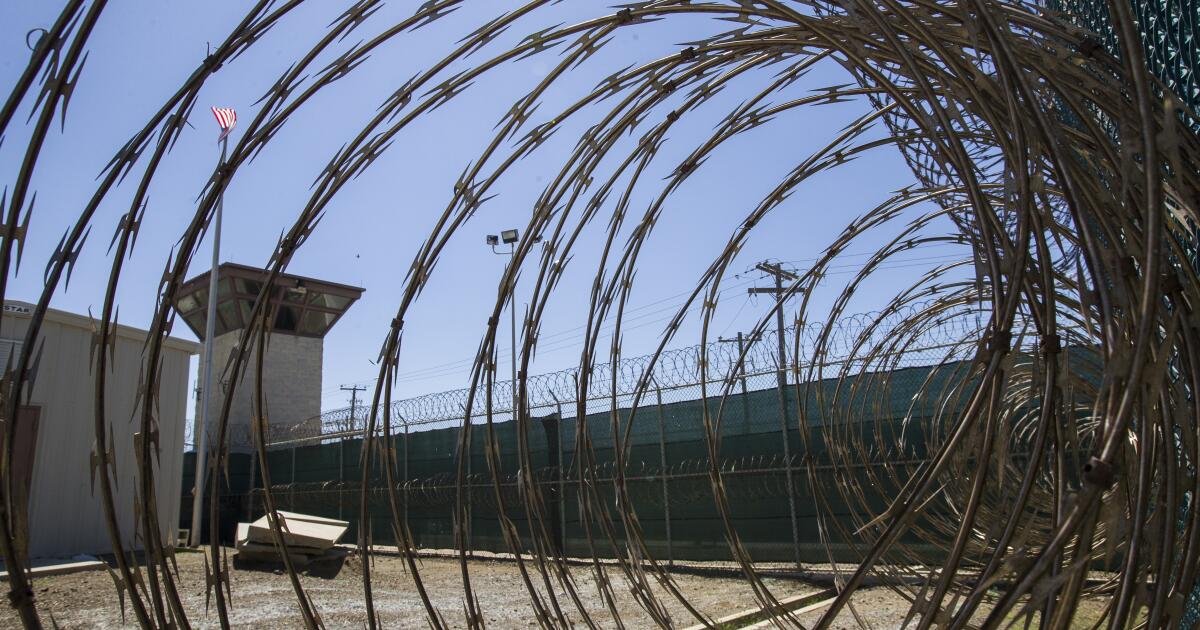There is a lot of construction to be done in Los Angeles area schools. In an increasingly warming climate, all campuses need working air conditioning and outdoor shade structures. Part of the asphalt that serves as play space should be replaced with green areas and trees.
Older schools must meet seismic safety standards. Aging roofs and pipes need to be replaced. More than 60% of the school buildings are over 50 years old and many look like dirty prisons and need to be modernized. And there is no way around the significant post-pandemic increases in construction costs that have prevented the Los Angeles Unified School District from doing everything it had planned with its existing bond money.
Measure USA on the Nov. 5 ballot is a $9 billion bond measure designed to help LAUSD address the backlog of construction projects and the inevitable maintenance needs that will arise in the coming years . Despite some reservations, The Times recommends voting Yes because students need safe, welcoming schools.
The size of the bond measure is striking. At $9 billion, Measure USA is larger than the $8.5 billion cost of Proposition 2, the state bond measure., search for K-12 schools. (The total state bond request is $10 billion, but $1.5 billion of that would go to community colleges.)
Does the district really need that much? It would add about $110 a year to the property tax bill of the average homeowner within the district, on top of the $570 a year taxpayers are already paying for Los Angeles Unified bonds.
The school board voted to put Measure USA on the ballot with very little public outreach, so little that the head of the district's bond oversight committee said he couldn't comment on it because he hadn't had a chance to review it. . Superintendent Alberto Carvalho's explanation that the district had to wait until the state worked out its own bond measure is unconvincing. In any case, the district has the money to apply for matching funds, and the portion it can expect from the state (now about $700 million) would not change enough to appreciably affect the total bond amount.
Beyond that, as school board candidate and bond critic Dan Chang has said, the district hasn't done enough homework to determine what it needs. Enrollment has fallen from a high of nearly 750,000 in 2003-04 to 403,000 this year. The district has projected it will have about 300,000 students by 2031.
No one likes to talk about closing schools, which is devastating for families and communities, but it's hard to imagine how the district can keep all of its current schools open. Shouldn't the decision about which schools to close be made before developing the bond measure spending plan? Is it worth renovating decrepit buildings instead of closing them?
Carvalho says the district can still save money by partially closing campuses. At Crenshaw High, where enrollment fell below 500 earlier this school year, it plans to close some buildings and leave enough open for classes. But that could still mean greening and updating campus grounds for a drastically reduced student population, which could prevent campus closure even if that makes sense, because the district will already have invested in improvements.
The school district has an obligation to use taxpayer dollars efficiently, but at the same time, taxpayers have an obligation to students. Children need clean and safe schools. A dilapidated school is a depressing place. Nobody wants to be there, much less teach or learn there. It sends a message: despite what we tell them, education is not that important.
Perhaps this bonus measure is larger than necessary. But there are many very real renovation needs, and in general, making sure students have well-maintained modern schools is more important than whether the bond is the right size. If money is spent wisely, it will simply last longer. The need to maintain and update schools is not going away.
However, the district is still responsible for demonstrating that the money will be spent well. That means developing a comprehensive plan to reduce and close underutilized schools, one that the public can study and comment on in detail.












